This may seem like a question with an obvious answer. However, there is more to a film festival than merely watching a series of films. Over the course of this year I plan to write about several specific film festivals from Cannes, to Sundance (which ended this past weekend) to Toronto and the festival that started them all, Venice. I will write about what makes each of them unique, what films have found their start in these festivals, and the origins and history of the festivals themselves. But for this article I wish to define film festival on a more basic level. And hopefully encourage you to attend the ones in your local area.
A film festival is a multiple day event where the attendees watch many films; often these films are independent films. An independent film is simply defined as a film that does not have a Hollywood studio funding the project. Although the origin of most festivals were ways to introduce people to foreign film making or smaller independent projects there are several that also use the festival format to do early releases of larger films.
The festival format begins with making an entry. There is paperwork to be filed and travel plans to be made. Often times in the competitive festivals there are entry fees that will need to be paid to have your film considered in the festival. In the competitive festivals there will be a time for judging the films and granting awards. Sometimes these winners will be picked up by larger studios for distribution to a nationwide or worldwide audience.
Often times there are themes to the festivals that narrow the focus of the types or genres of films. There is the Terror Film Festival in Philadelphia, PA which focuses on the Horror genre. There are many festivals that promote films from Asian, African, or Latin American filmmakers and countries. And there are those that focus solely on animation, short films, and student projects.
The film festival has become an important part of the film industry. Many famous actors, directors, and critics attend the well-known festivals as a chance to promote their own indie projects and seek out new talent. In the late nineties while Vin Diesel was presenting his film Strays he was approached by a little known director by the name of Steven Spielberg. Mr. Spielberg saw something in Mr. Diesel's work and knew that he had a role for the young man. Vin Diesel was cast in one of Mr. Spielberg’s smaller projects, Saving Private Ryan, which came out the following year, and the rest as they say is history.
For a chance to attend a festival this year check out what will be happening in your area with the helpful website below.
http://www.festivalfocus.org/

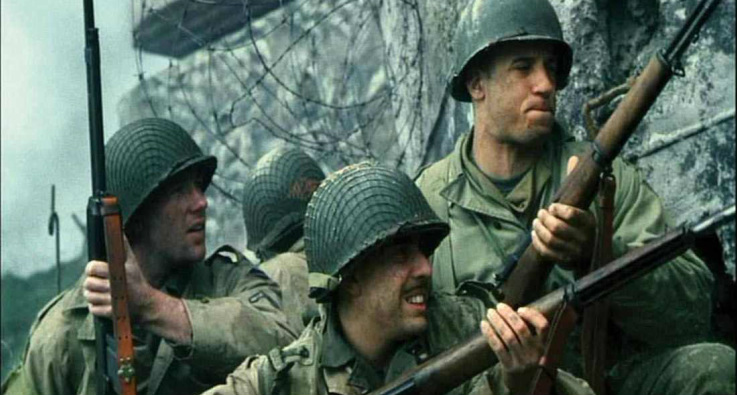
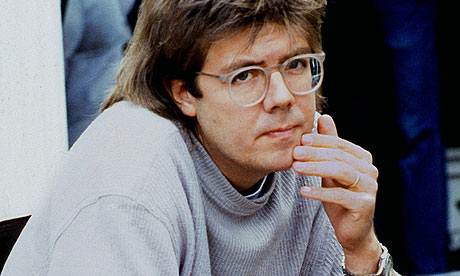
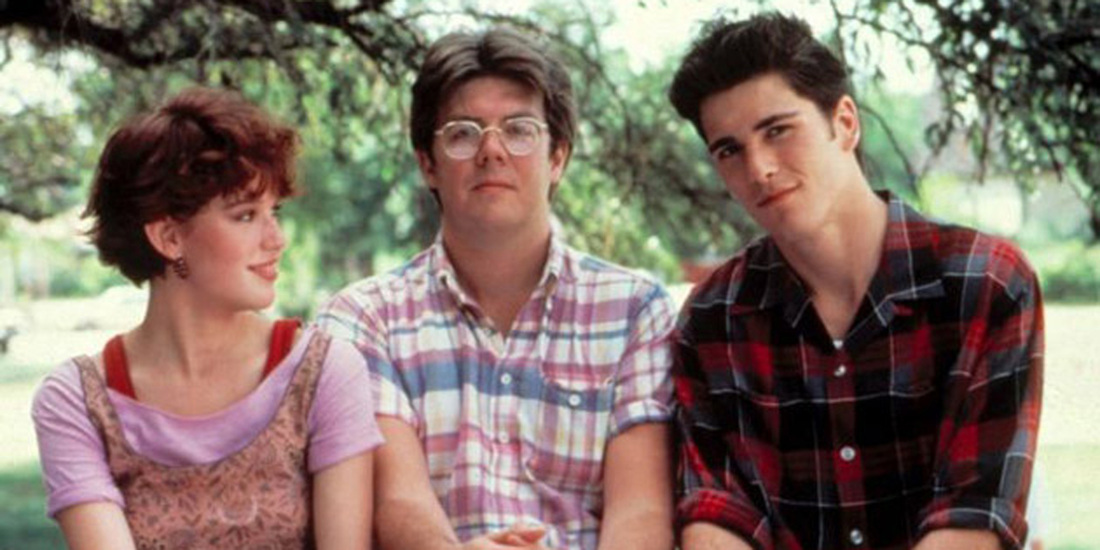
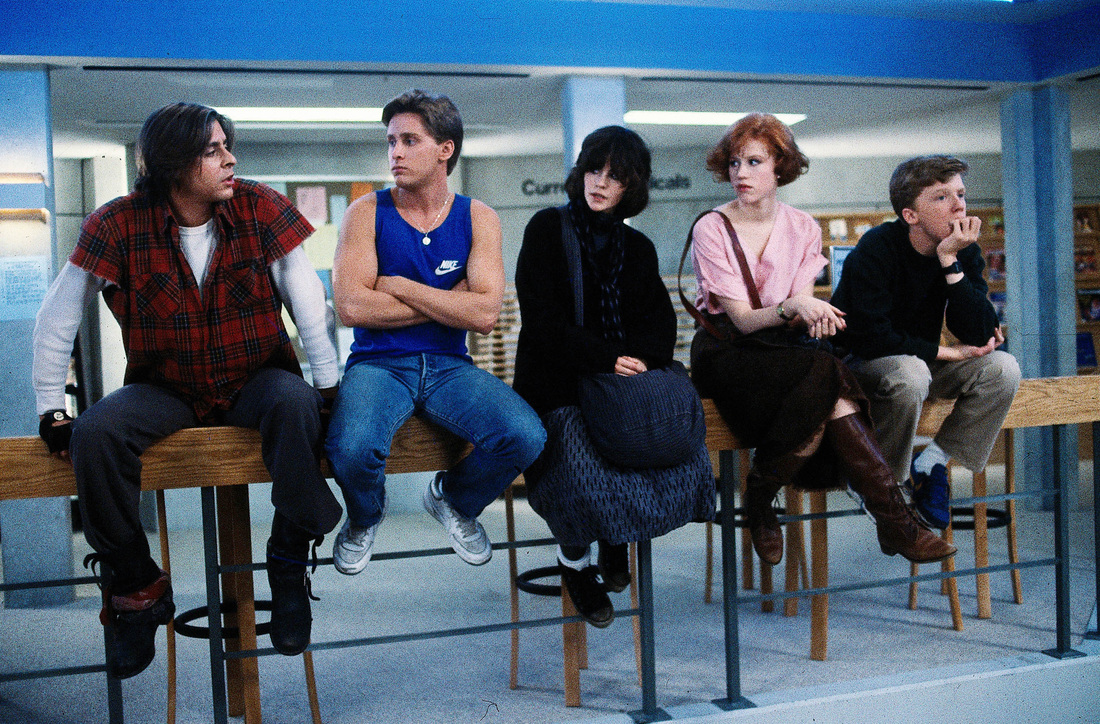
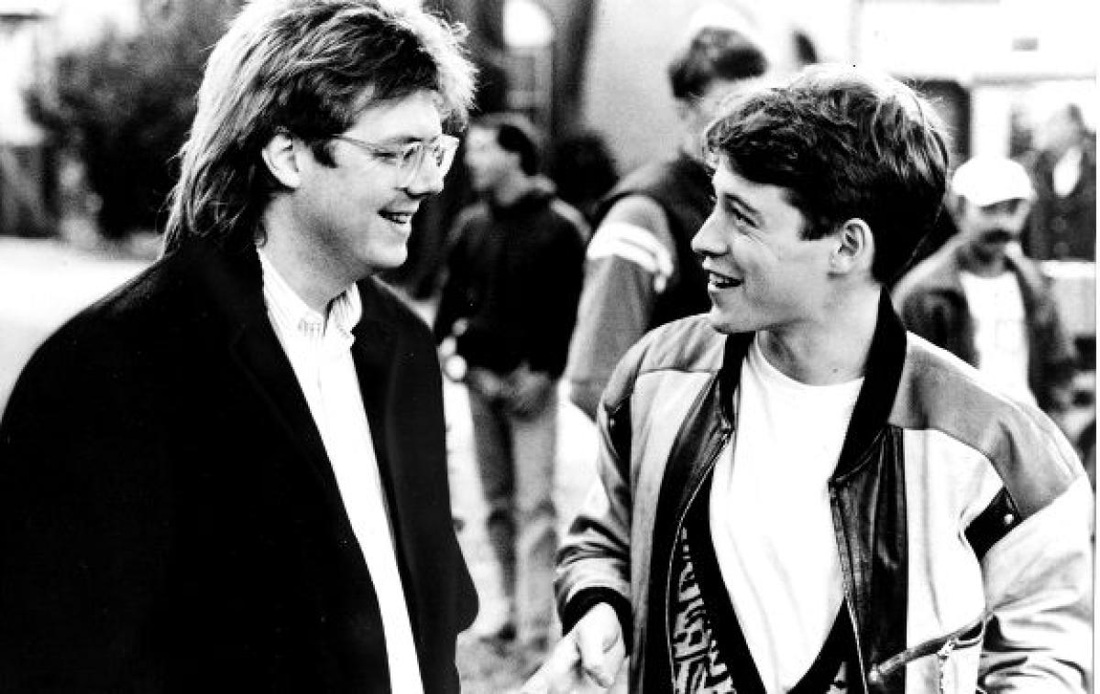
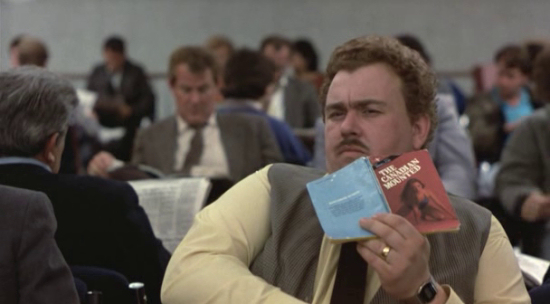
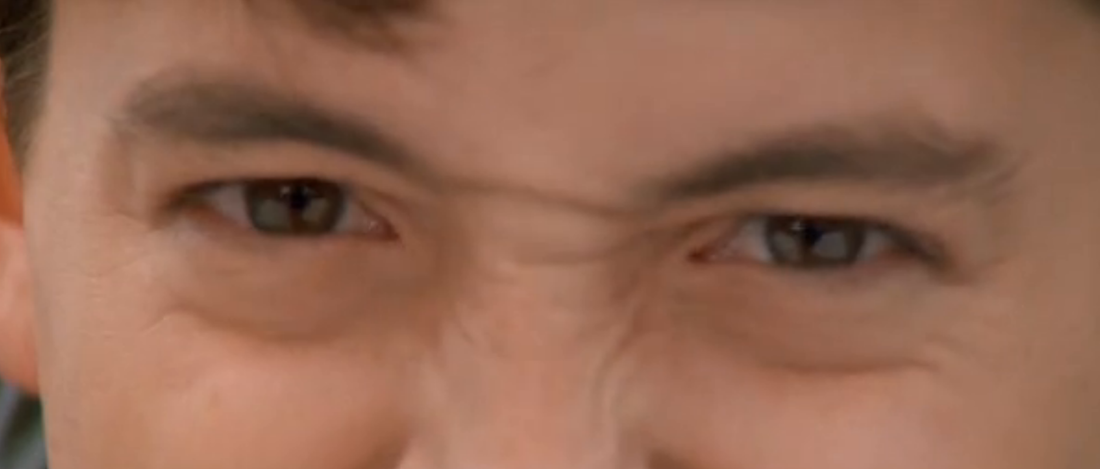
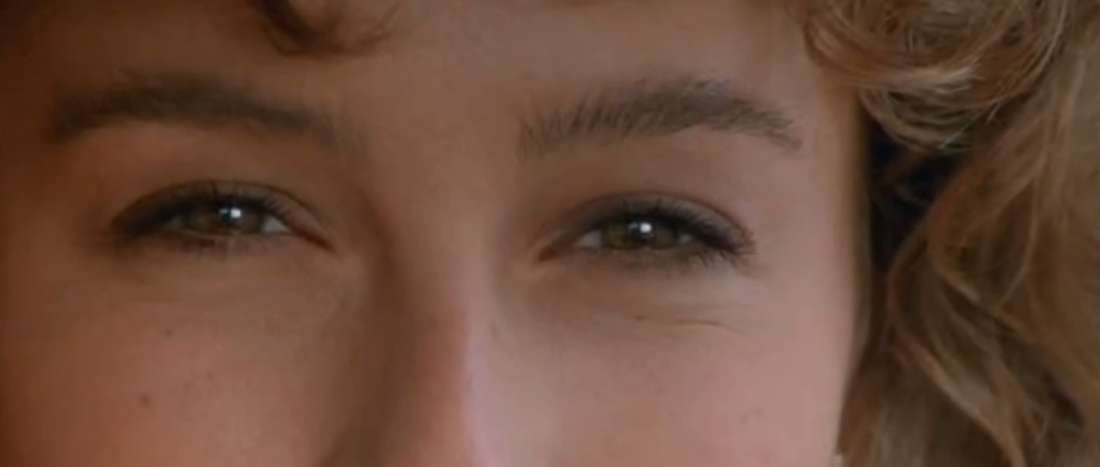
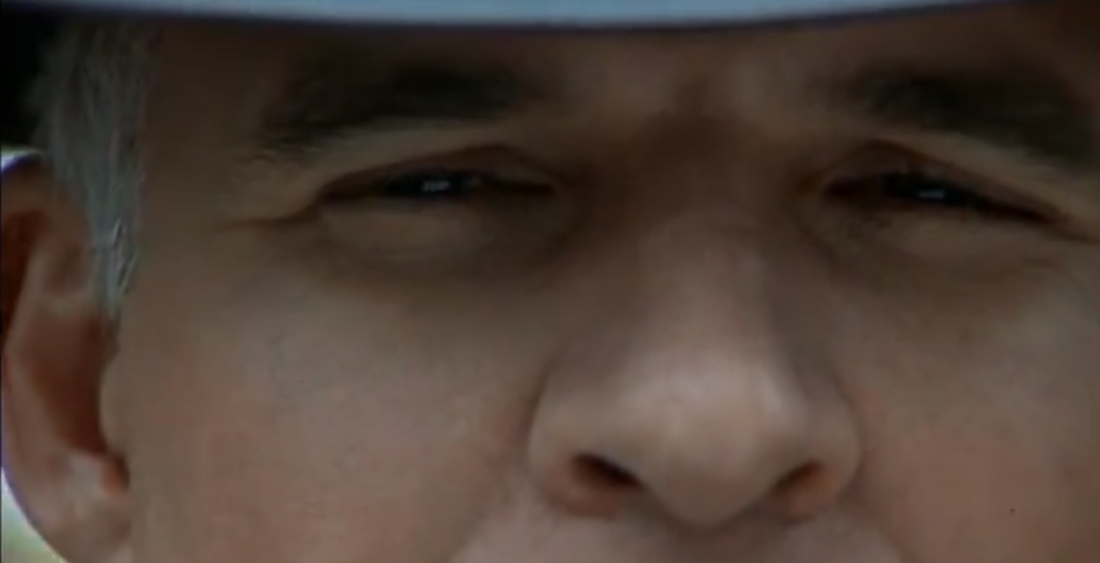
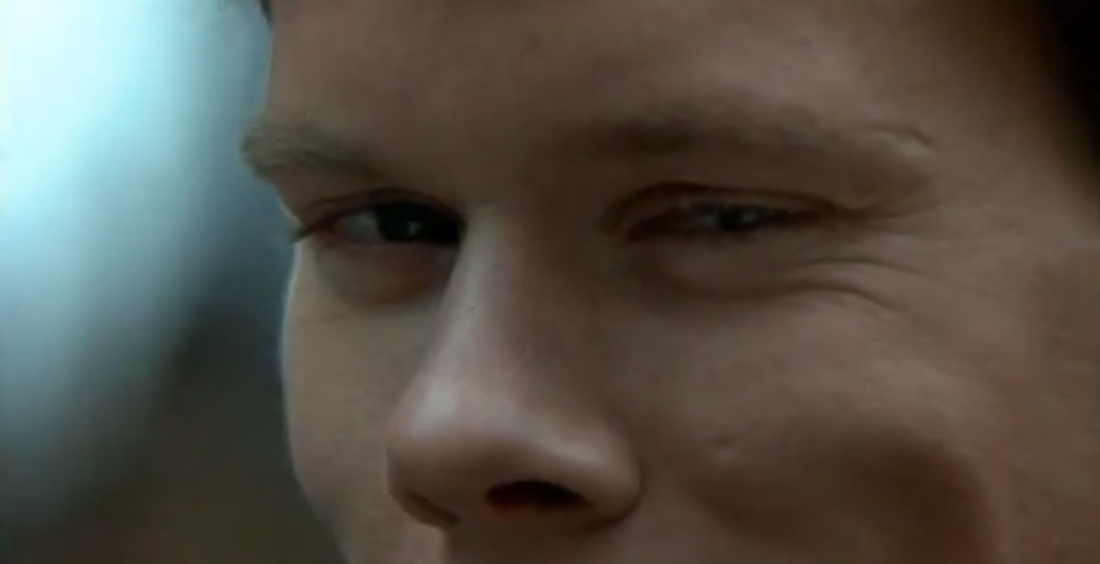
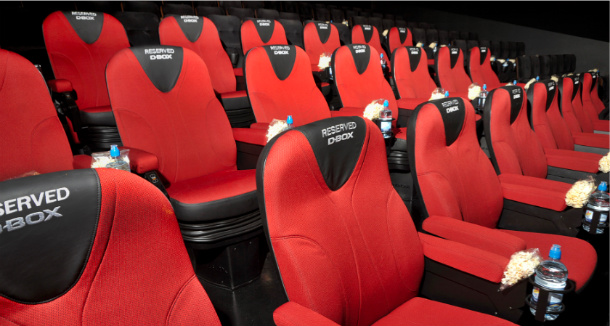
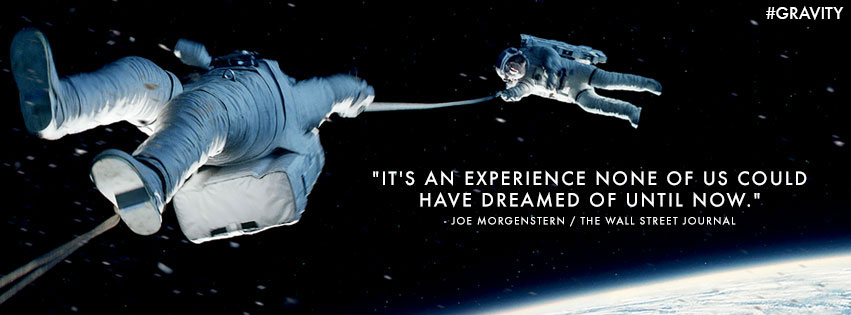
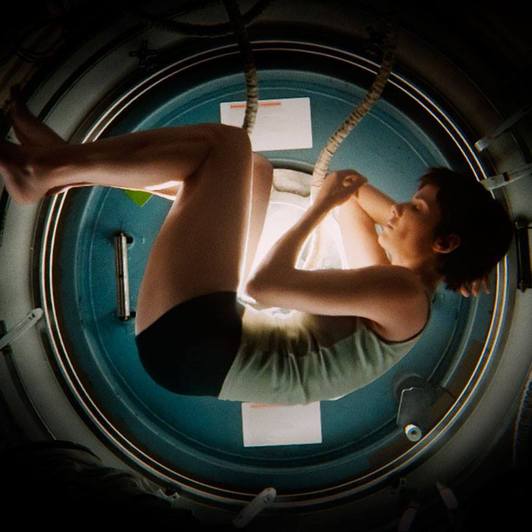
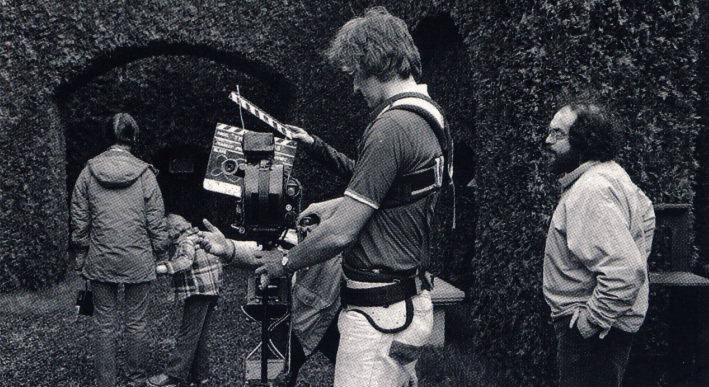
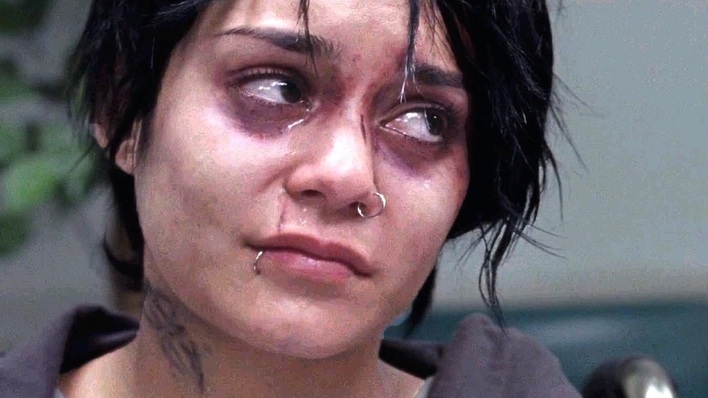
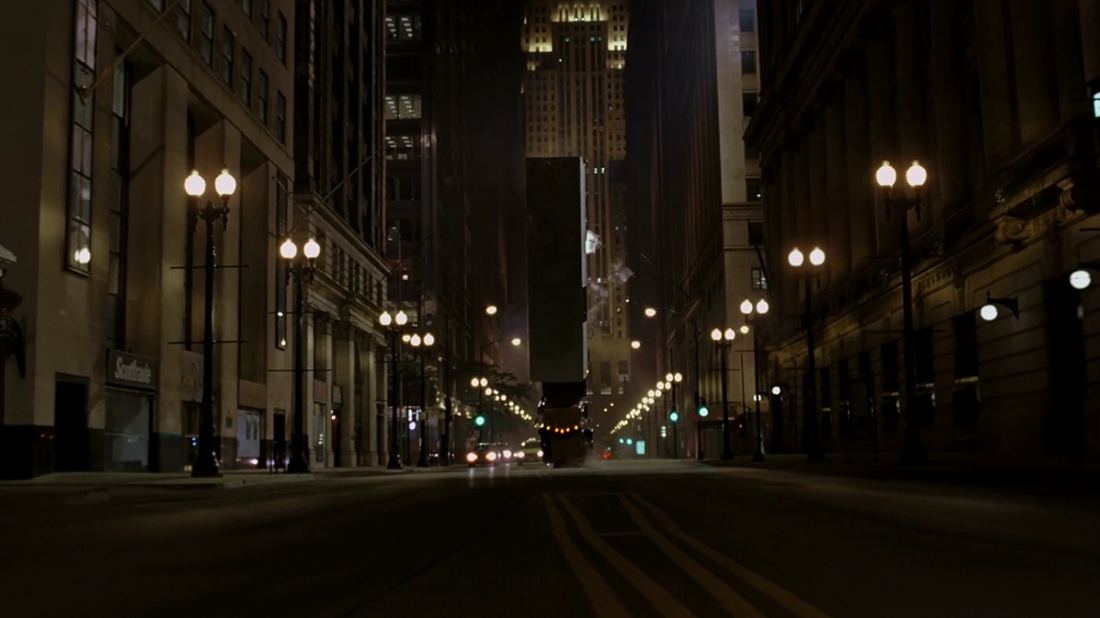
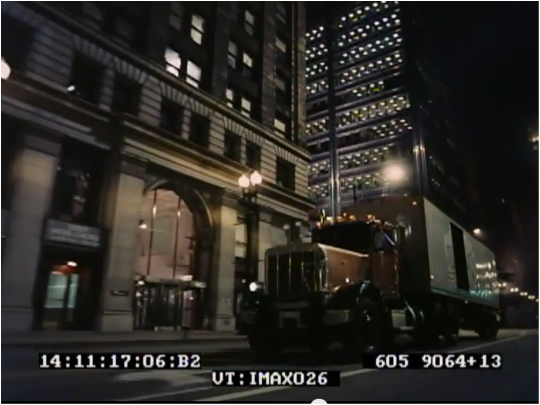
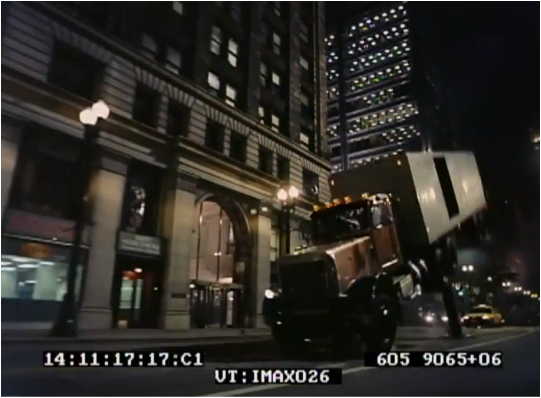
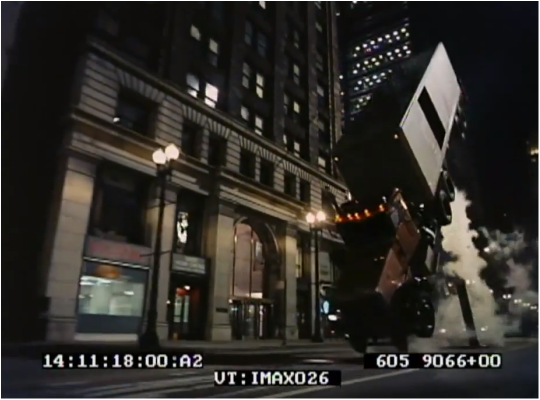
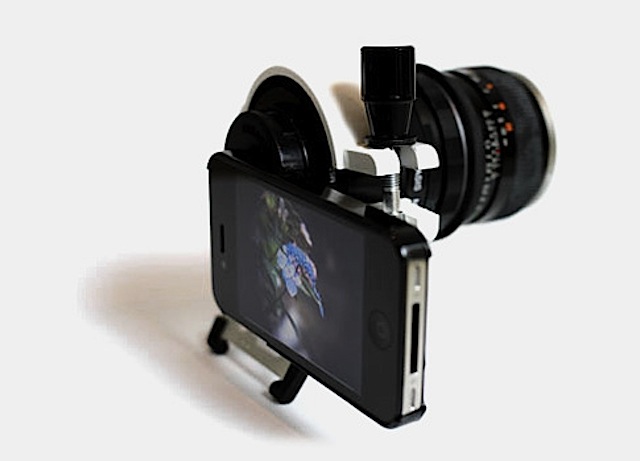
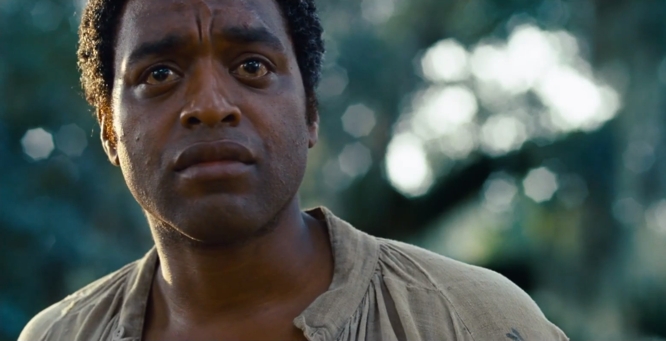
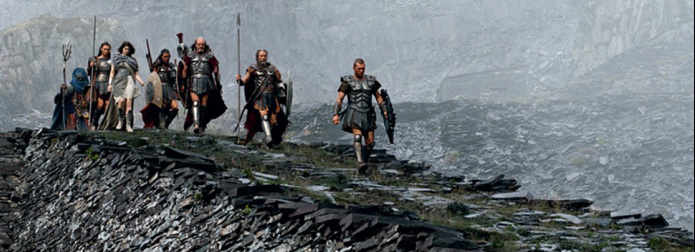

 RSS Feed
RSS Feed
